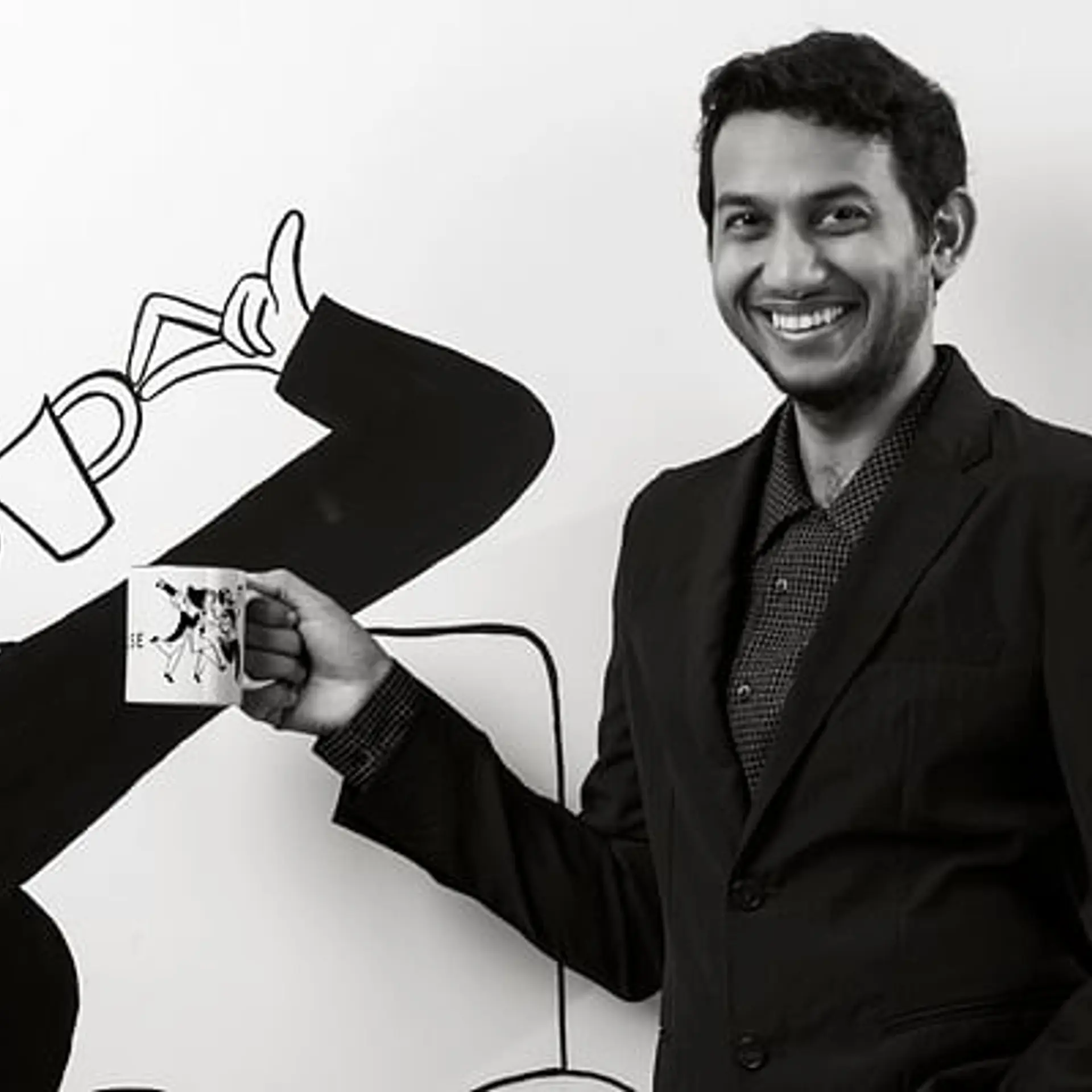Medical Tourism: a boon for India
Friday March 20, 2009 , 5 min Read
The scope and concept of Medical Tourism (MT) has today come a long way from healing by minerals and hot spring to today’s Healthcare institutions, which offer treatment for a myriad of disorders spanning life style diseases like heart attacks, diabetes to eye orders like cataract. Interestingly, Medical Tourism (MT) has today led foreigners to travel abroad in search of low cost, world-class medical treatment and countries like India are gaining popularity on this front. Moreover, MT today encompasses rejuvenation, clinical, critical healthcare and alternate medicine with long stays.
According to Dr Keval Jain, Consultant Internal Medicine, Sir H N Hospital, “Medical tourism (MT) is coming up in a big way as hospitals in small towns and cities across the country have a good set-up to offer treatments to foreign patients.”
MT has such lucrative potential that India is poised to become a ‘global health destination’ and with prices at a fraction of those in the US or Britain, the concept will likely have broad consumer appeal, if people across the globe can overcome their prejudices about healthcare in developing countries. Studies also reveal that with an increasing number of foreign patients flocking to India for treatment, the country could earn Rs 100 billion (USD 2.3 billion) through 'Medical Tourism' by 2012.
“Marketing the medical expertise and facilities to the American and European countries in an effective way through proper media channels can bring about a revolution in this sector. This will get further strength if accreditation programmes are devised by the Medical Council of India (MCI) to ensure that General Medical Council, UK also accreditate healthcare institutions in India,” says Dr Atul Marwah, Head, Nuclear Medicine, Bombay Hospital.
Agreeing on Dr Marwah’s viewpoint, Dr B K Goyal, Dean, Bombay Hospital and Medical Research Centre says, “Medical tourism can improve, if the expertise of Indian doctors is marketed through a proper system and a special department is set up to look after the requirements of patients from abroad.”
“Putting a system in place to offer accommodation and pick up facility from the airport for the relatives of the patient would add value to the treatment packages offered to the foreign patients,” adds Dr Goyal.
According to the study conducted by the Confederation of Indian Industry (CII) and McKinsey, foreign patients are visiting India with an increasing rate of 15 per cent annually. More and more tourists are choosing India as their medical treatment destination because it has a very rich cultural heritage and innumerable tourist destinations. The other motivating factors are that most of metros have good infrastructure and majority of population speaks English. Besides this, the other motivating factors are that Indian Surgeons have world class skills and immense surgical exposure.
The MT boom can also be attributed to the fact that Ayurveda is recognised as an official healthcare system in countries like Hungary. Doctors in the west are increasingly prescribing Indian Systems of Medicine. More than 70 per cent of the American population prefers a natural approach to health. Americans are said to spend around USD 25 Billion on non-traditional medical therapies and products like Yoga and Siddha.
The medical tourism bears significance because a low-cost cardiac surgery in India costs USD 4,000 – 9,000 and in the US as high as USD 30,000 – 50,000 and orthopedic surgery costs as low as USD 4,500 with a corresponding surgery in the US at USD 18,000. Besides this, the cost of Comprehensive Health Screening for US patient in India is USD 80 and in the US is USD 600.
Challenges:
Some of the challenges in MT, which need to be addressed are the perceived lack of regulation in the Pharma and Healthcare industries, perceived lack of controls and loopholes in the regulation of medical professionals and lack of infrastructure facilities. Unfortunately, most foreigners who have not been to India, visualise poverty, garbage-littered streets, open sewers, and so have a hard time reconciling these poor sanitation with persuasions of excellent healthcare.
Suggestions:
The need of the hour, experts say, is to develop joint ventures with like- minded medical institutes for exchange of expertise and knowledge, collaboration for training of hospital staff and Indian specialists as consultants abroad. Development of high quality convalescing homes and air travel capacity should also be allowed to be increased and it has to be ensured that patients should not wait for weeks to avail treatment. Other relevant suggestion to give a fillip to MT is to maintain uniform price band in major specialties. This would facilitate foreign patients to come for treatments in India.
The good news about India is that MT is growing at a rate of 7.5 per cent to 8.0 per cent with healthcare growing at a rate of 20 per cent. MT has also got a boost with corporatisation of the hospitals sector and interest of international players with reference to investment and foreign direct investment. The medical tourism market is estimated to grow by UDD 2.2 bn with a corresponding increase in the healthcare market by USD 60 bn by 2012. MT is a relevant subject for India as it has the potential to cover high-end tertiary care, medical insurance and ensure timely treatment to foreign patients withstanding the fact that NHS of UK already a long waiting list of patients who are payers.
- By Shardul Nautiyal






